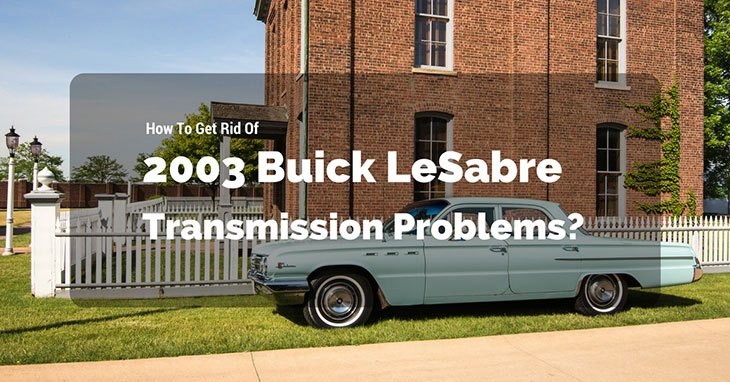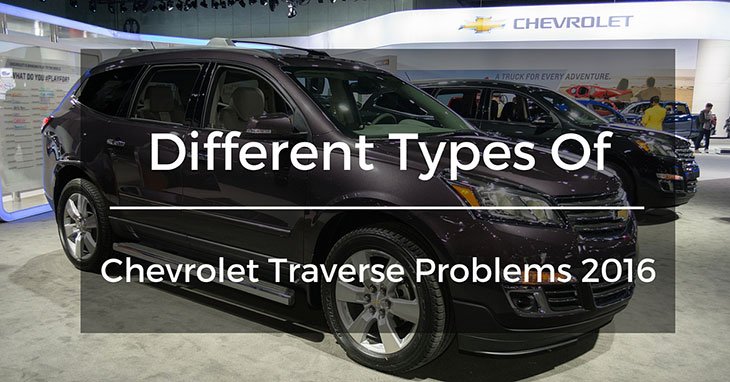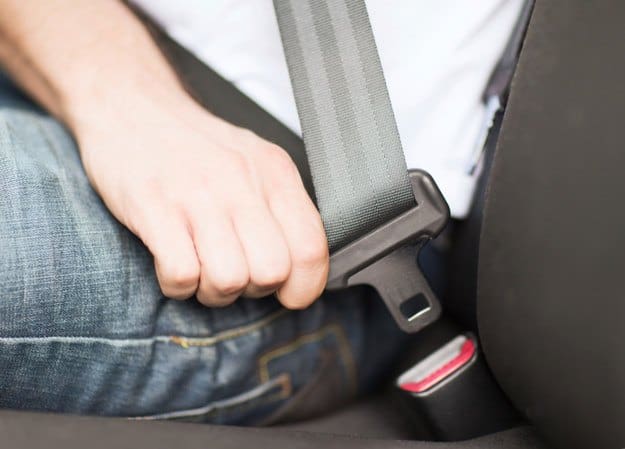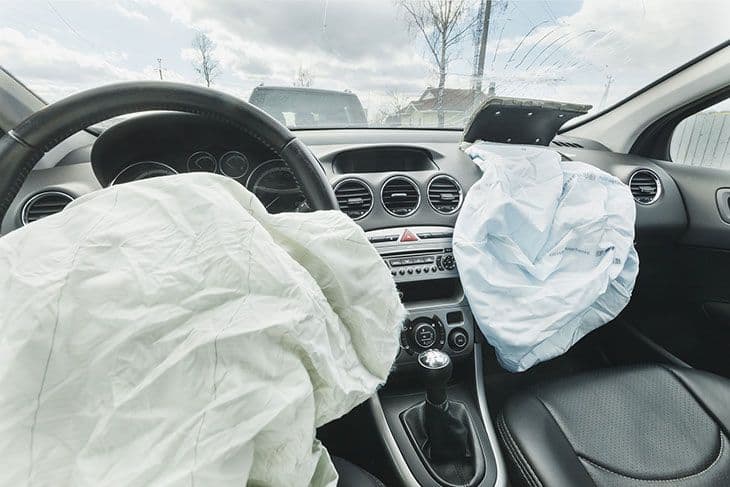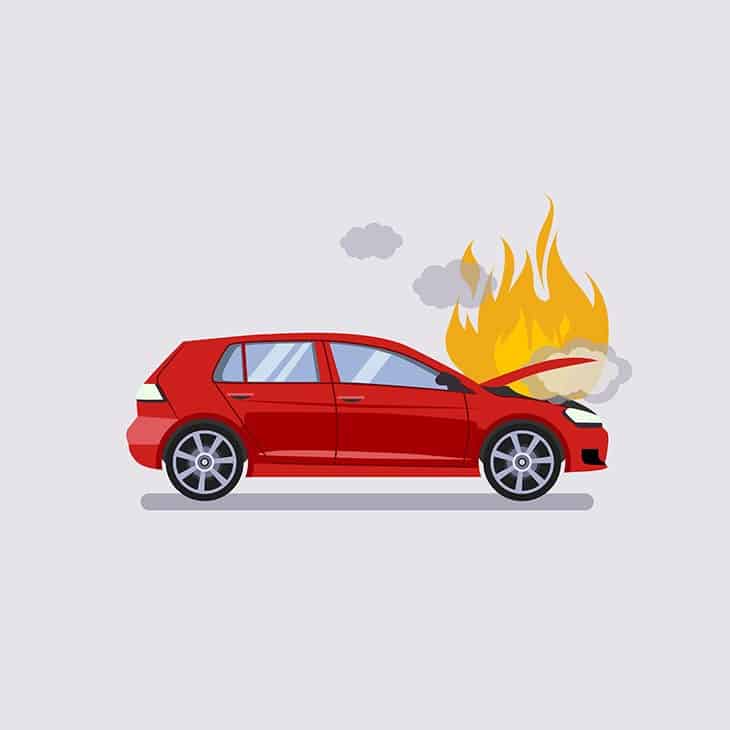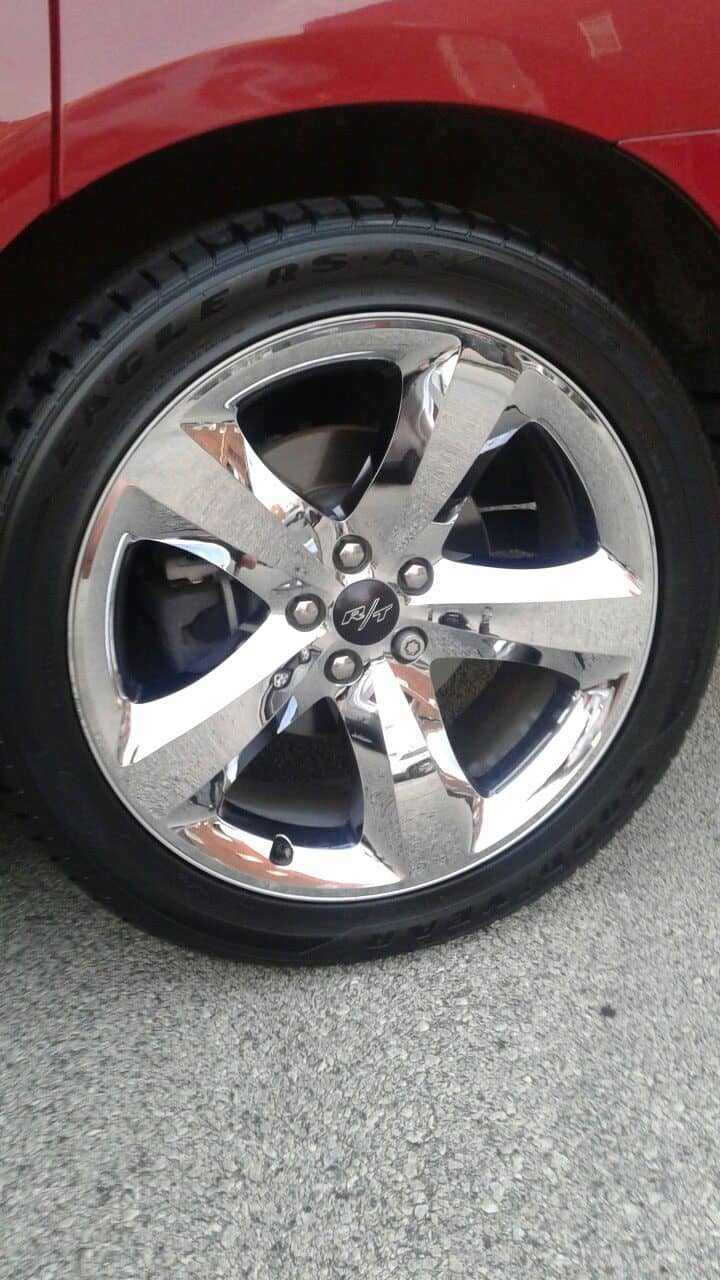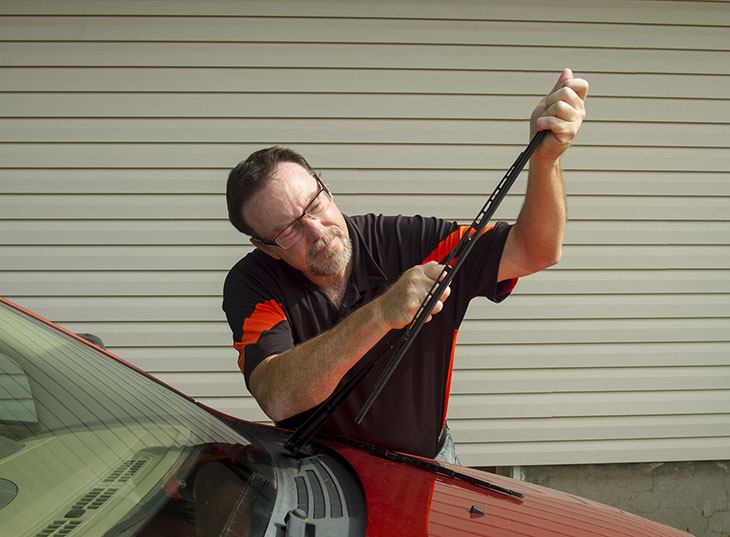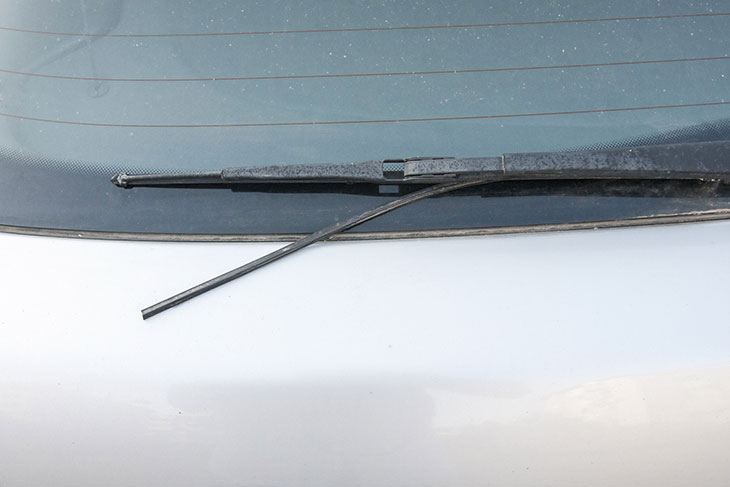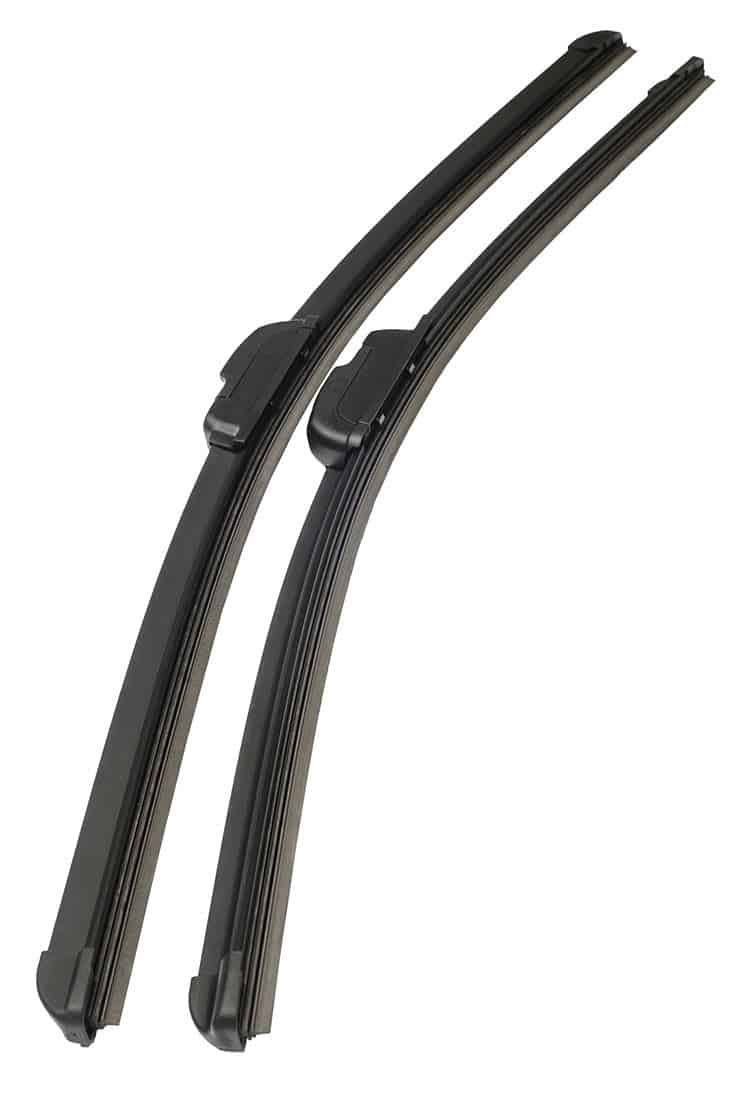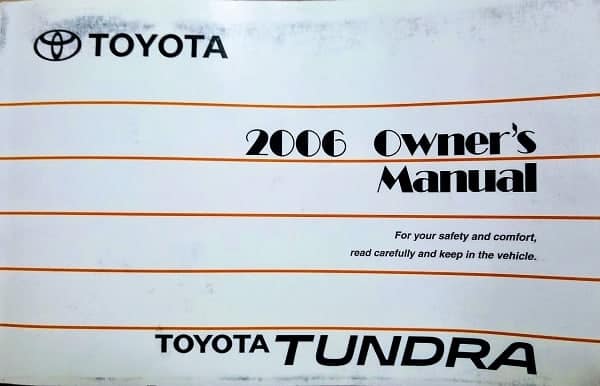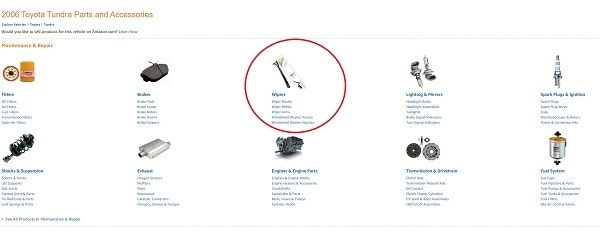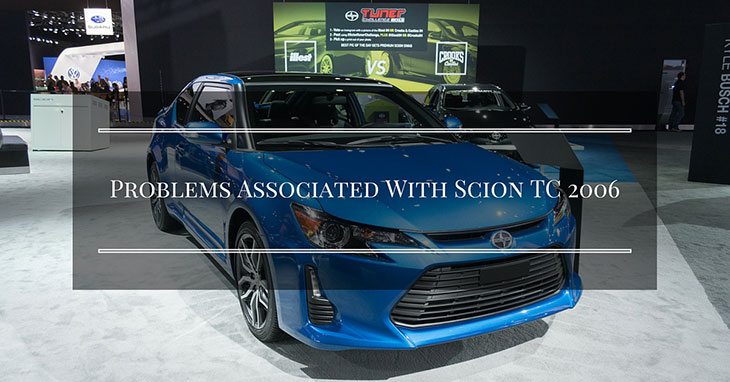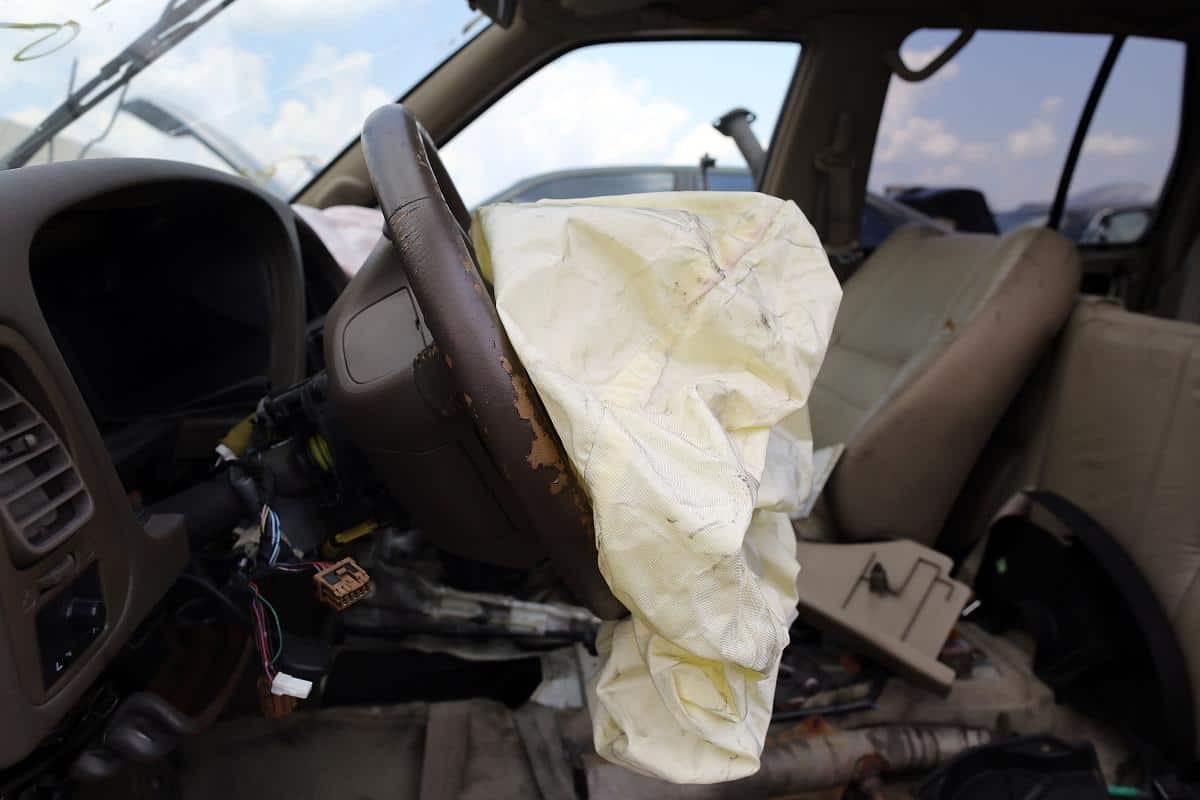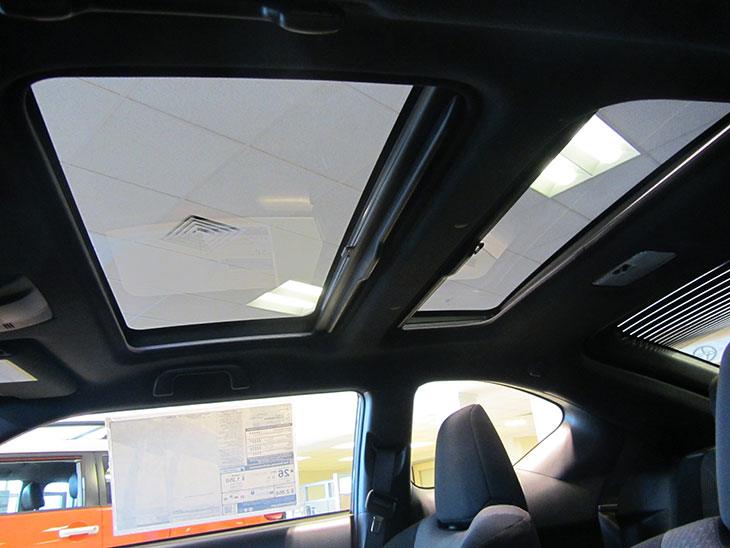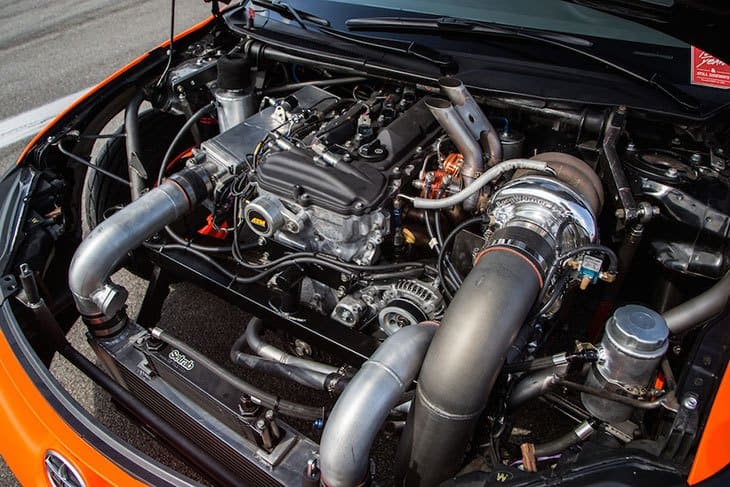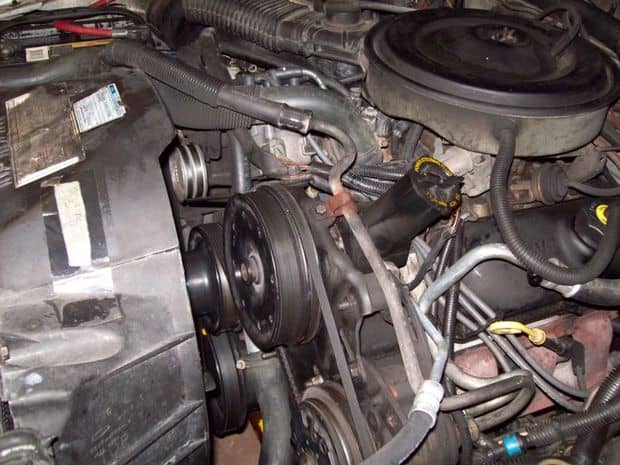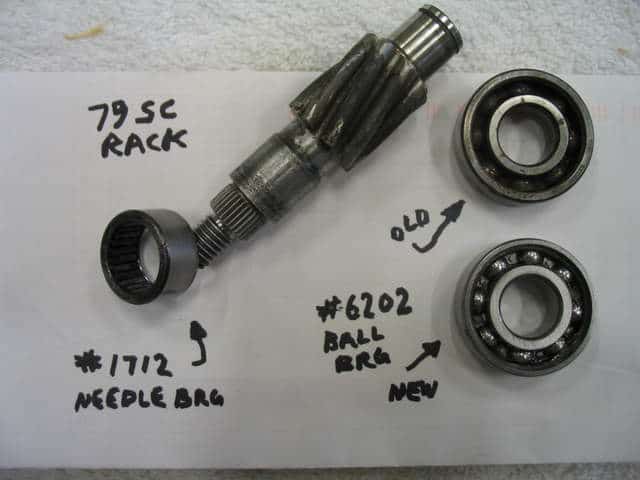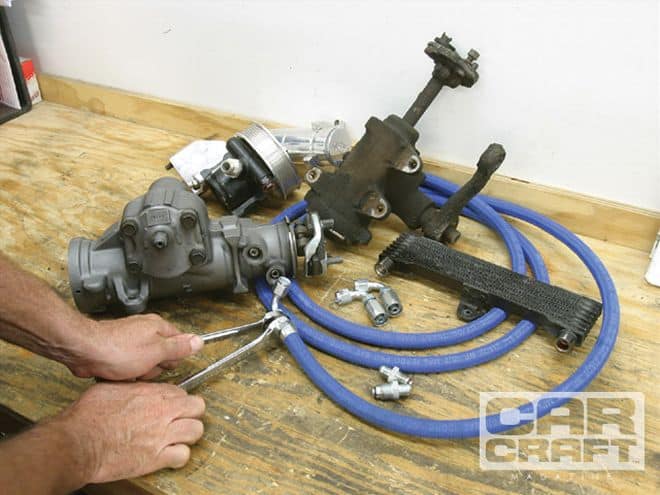This is a car that redefines luxury, eminence, grace, and style. Anyone could simply drool over its amazing look and poise, while there are many out there who wish to make this charm their own. Everything right from the basic model is a complete entertainer. There is certainly so much in the car that people prefer to make a purchase with closed eyes.
A car remains a special purchase, and there is a lot of hard work, time, and investment that goes behind it. And obviously, if this decision, isn’t made well, you could end up caught with the problems that are endless!
However, what most of the owners are suffering is the transmission system of the car. This is one aspect that has miserably failed to prove the car’s worth in the long run. Today, we would discuss this feature, pout at large, while it might help people who read through to make a better choice, while they would be all aware of the entire transmission system and them way it works.
The 2003 Buick LeSabre transmission problems are certainly a cause for concern as they have been making several owners suffer unfavorable effects, and they certainly interrupt their smooth rides.
So, let us read the below article to know about the precise cause and also all that can be done to solve or face this issue at large!

Photo Credit: http://www.pontiacbonnevilleclub.com/forum/2000-2005-other-than-gxp/topic7139.html
Here, in this particular section, we are going to get closer to the problem in detail while also throwing some light on the possible solutions. There has been a notable erratic shit observed in the transmission system of the LeSabre. The pressure-controlling equipment is found to fail miserably, and this is a common factor that leads to irregular shifting troubles. However, if you have an expert technician around, this could be solved with minimum intrusion!
The transmission needs to be replaced with a better controlling solenoid to enhance the performance of the car and its transmission responsibilities. The Buick however, had been identified to be common with most of the transmission problems. .
There is no doubt that the newly crafted models have been better than the rest, but there is still something lacking that elevated the various reasons, resulting in the 2003 Buick LeSabre transmission problems that are gradually eating up the sales and the potential of this model in the market.
A Closer Look at the Precise Transmission Issues

Photo Credit: https://www.youtube.com/watch?v=aDNThvKgm7M
There have been several problems reported from various sources and many different Buick models. While considering the 2003 Buick LeSabre transmission problems, in particular, the number is relatively high!
There is a common problem of erratic shifting of the transmission that affects the complete movement of the car while the ride gradually speeds up. In some of the cases, the transmission fluid gets lost due to its failure, whereas others note a carburetor problem that leads to disturbed transmission in a few of the models.
Here are a few of the major problems in the transmission systems of the Buick LeSabre that need proper guidance as well as discretion for the owners to understand its issues, solutions, prevention, as well as steps to fix them, at least an attempt to!
- The various transmission problems might lead to Modulator problems that decrease the life cycle of the car. The way the modulator performs needs constant inspection.
- There is a vacuum liner that is connected to the transmission of the car and affects the control if in case the fluid is imbalanced.
- The transmission in this model is made out of a piston, all made up of plastic connectors that precisely hold the shifting points. This is certainly a result of bad modulators that could make the problem even worse.
- Erratic shifting is yet another common phenomenon observed due to bad and inferior-quality connectors. The plastic quality is inferior, resulting in functioning that is not up to the mark.
- The transmission system, on the whole, is known to carry faults and is certain to have some or the other sensory issue, leading to transmission problems in the long run.
- There could be many troubles faced like a misfire, shifting movements’ disruption, erratic shifting problems, hard or ceased shift for that matter, and much more that interrupt the smooth functioning of the car and its transmission, which is rather the backbone of the car, indeed.
All of these problems can still be controlled to a great extent if in case the sensory movements and components are well checked, even beforehand, as these are some of the most evident problems, no matter what!
Review of the Car and Its Other Mechanisms

Photo Credit: http://www.dewitzdiagnosticsolutions.com/shift-issue-1993-chevrolet-lumina-4t60e/
On the whole, if you talk about the car and its various mechanisms, it all goes beyond excellence.
- When speaking regarding the speed, mileage, space, looks, and style factor, most of that is fine.
- The transmission, however, has it in its genetic makeup that it is unable to trap its cause and work on it in a better and more efficient way.
- The gear shift right from the 1st to the 2nd itself becomes problematic. The entire shift becomes enormously slow. At times, the car even jerks and pops with the same problem, while it is rather imperative to work on the issue right from the first time it is noted down.
- Many consumers in the market swear upon opting for this model of the car, owing to its grace and poise; however, the makers behind are repeatedly overlooking the fact of the ongoing transmission issues in most of the models.
- Until the car is going, all remains fine, but after a certain amount of usage, things start turning bitter. In spite of getting several repairs, the fault of a leakage in the transmission fluid, shifting problems, etc., keep on coming.
This has rather become one mysterious ghost that has been troubling many in the same. Ruling out the precise causes is certainly out of the question, we highly recommend the test of her transmission Fluid, check its level and follow adequate measures.
Conclusion
With everything said and done, the internet has become a solid platform for people from all across the globe to have the audacity to stand and seek an answer from the company to pay their kind! You would certainly not wish for a car that is more like a burden on yourself. This is a sight and an experience best avoided. You can indulge in various other makes and models even if it is from a different brand. However, if your heart, as well as your mind, is eager to take this risk, then there are many options to choose from, without a doubt!
Make use of the media, get a thorough explanation of the transmission issues, and then make your possible choice. This article is certainly intended to provide you the apt details and the several ongoing issues, to equip the readers to make a sensible decision as well the ongoing owners, get the apt direction to go to, while they suffer the inconvenience caused due to the various transmission troubles of the Buick Models.

